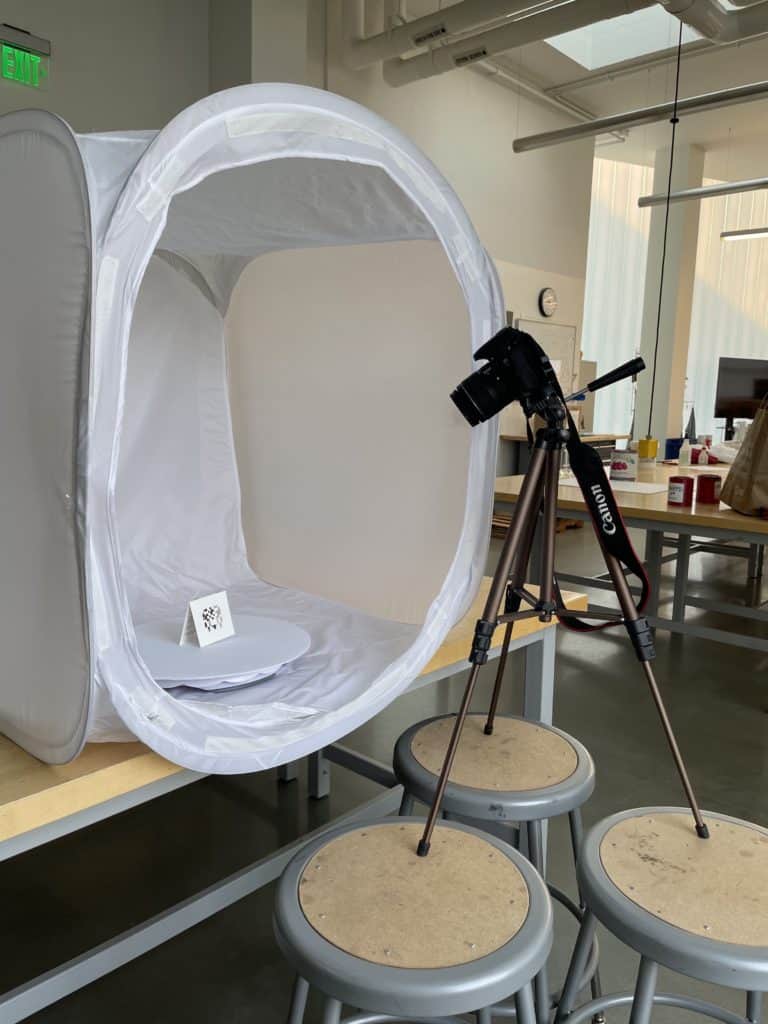
A primary motivation in my working within the book arts mediums at the University of Iowa has been a growing interest in creating printed works that elicit more interactive and dynamic viewer engagement—the communication of print across varying forms and sequences. Before artists’ books, I’ve restricted my work in printmaking to the creation of static, two-dimensional artworks—beholden to the qualifications of a “proper printed work.” An emphasis, then, was placed on generating a printing matrix, qualities of inking and printing, and of the printed image itself rather than qualities of engagement with the art object—such as the various tactile, time-based, and dimensional qualities of belonging to artists’ books.
As a book artist, then, my concurrent studies in library and information science, and my work in various galleries, exhibitions, and repositories, have likewise focused on improving the quality of viewer/patron engagement with art materials. Just as I desire to make artists’ books, I desire to improve their accessibility in collections. Many access restrictions are placed on artists’ books in traditional analog repositories and exhibitions of which disservice both the artwork and viewer alike, such as being unable to feel, hold, perform, and view a book in motion at one’s own, desired pace—all the things that make an experience with a book so rich and meaningful. It’s even worse for digital repositories where entire artworks have been reduced to single still images and are explained, rather than experienced, in paragraphs of contextual metadata. A viewer’s engagement with a sculptural, hand-printed, and hand-bound codex is reduced to a jpeg with a caption; such digital surrogates are of little value to anyone.
Presently, during the pandemic, when art viewership has been made exclusively available through digital repositories, shortcomings in access and engagement have been exacerbated. Marsha Taichman, in her article Teaching with Artists’ Books During the Pandemic, shares her dissatisfaction with the digital experience:
“One advantage of teaching with artists’ books is that some of the objects speak for themselves—they can be shocking, fascinating, and thought-provoking in their formats and structures. So much of what appeals to me about artists’ books is their tactility, and seeing digital images strips them of much of their dimensionality and some of their character.”
As a result, my fellowship project proposes to learn and employ video and photographic processes toward the generation of more meaningful and expressive digital artists’ book models. Toward this end, I’ve begun my project with researching audience and the visual languages associated with existing digital artists’ book collections such as the Joan Flasch and MICA collections, as well as existing artists’ book videos like those created by our own UI Digital Studios for the Fluxus Digital Collection. And, moving on from this initial research, I’m currently treading, neck-deep, in the ocean of photo and video production-based online courses.
—Ryan Kangail
